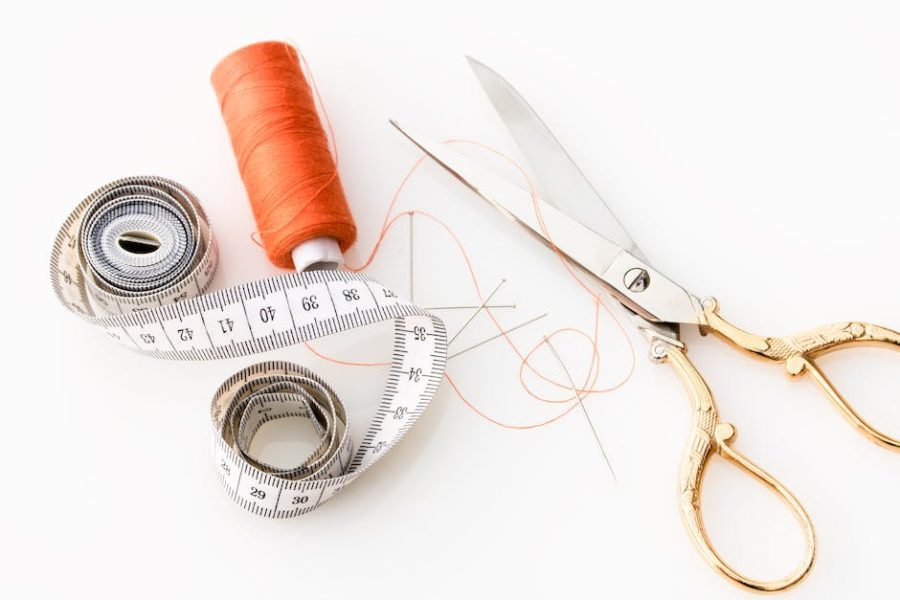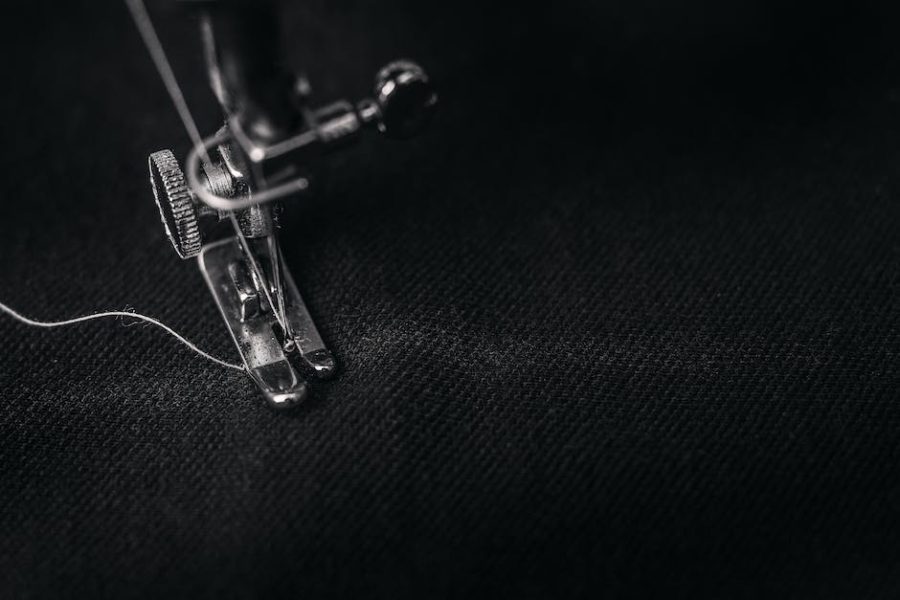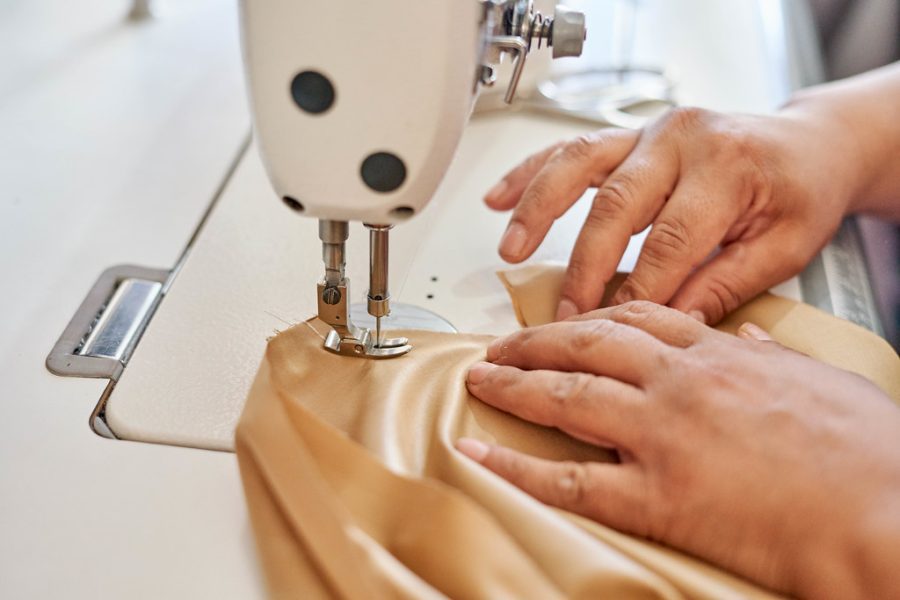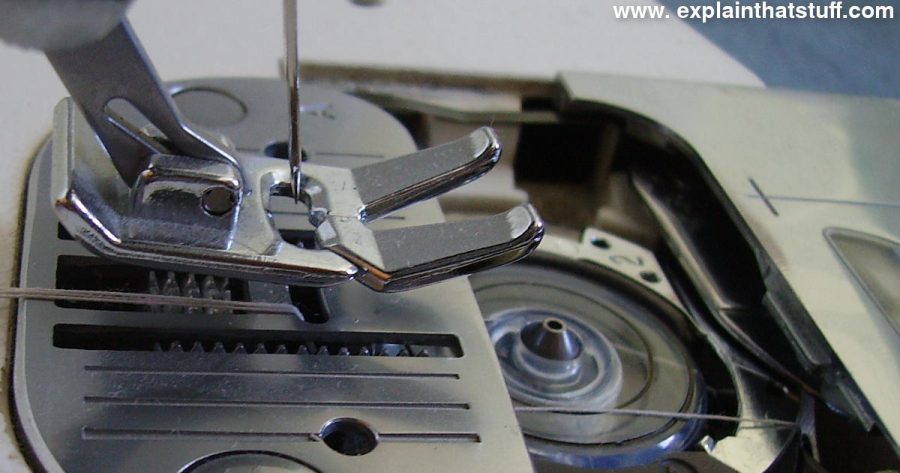– The Essential Tool for Every Sewist
Introduction
When it comes to sewing, having the right tools is crucial for achieving professional-grade results. One such indispensable tool is the sewing foot. Designed to attach to your sewing machine, the sewing foot plays a vital role in guiding the fabric during stitching, ensuring precision and accuracy in every seam.
Types of Sewing Feet
Sewing machines usually come with a standard foot, also known as a zigzag foot. However, there are numerous specialized sewing feet available, each tailored to handle different sewing techniques and fabrics.
Some common types of sewing feet include:
- Zigzag Foot: Used for general sewing tasks, finishing edges, and creating decorative stitches.
- Buttonhole Foot: Equipped with a sliding buttonhole guide, enabling accurate and consistent buttonhole creation.
- Zipper Foot: Allows easy installation of zippers with precision stitching.
- Blind Hem Foot: Ideal for creating invisible hems by providing a guide for folding and stitching.
- Overcasting Foot: Perfect for preventing fraying and providing a neat finish to fabric edges.
These are just a few examples, and there are many more specialized sewing feet to explore, catering to different sewing needs.
Benefits of Using a
Using a sewing foot offers numerous advantages, enhancing both the efficiency and quality of your sewing projects. Some key benefits include:
- Improved Stitching Accuracy: Sewing feet help guide the fabric evenly, resulting in neat and straight stitches.
- Efficient Seam Alignment: Specific sewing feet, such as the quarter-inch foot, provide consistent seam allowances and precise fabric placement.
- Specialized Techniques Made Easy: Sewing feet designed for specific tasks, like the rolled hem foot, enable seamless execution of techniques that may be challenging to achieve manually.
- Faster and Easier Buttonholes: Buttonhole feet allow for precise and effortless buttonhole creation, eliminating the need for tedious manual measurements and stitching.
- Professional Finishing Touches: Specialized sewing feet like the piping foot or the ruffler foot help add professional-looking finishes to your projects.
Conclusion
Investing in a variety of sewing feet will broaden your capabilities as a sewist and enhance the quality of your work. Whether you are creating garments, home decor items, or accessories, using the appropriate sewing foot will make your sewing projects easier, more efficient, and yield beautiful results.
So, why settle for anything less than perfect when the right sewing foot can take your sewing experience to a whole new level?





This looks like a great resource!
Erin Jefferson: I need this for my next project!
@Erin Jefferson, I definitely agree with you, this looks like a great way to help with your next project! This beginner-friendly sewing foot looks like it could really simplify the process. The adjustable length and side guides and built-in seam allowance markings will be really handy and make large projects more manageable. It also comes with a detailed instruction guide, so it should be a breeze to install and learn the usage details!
I’d love to give this a try!